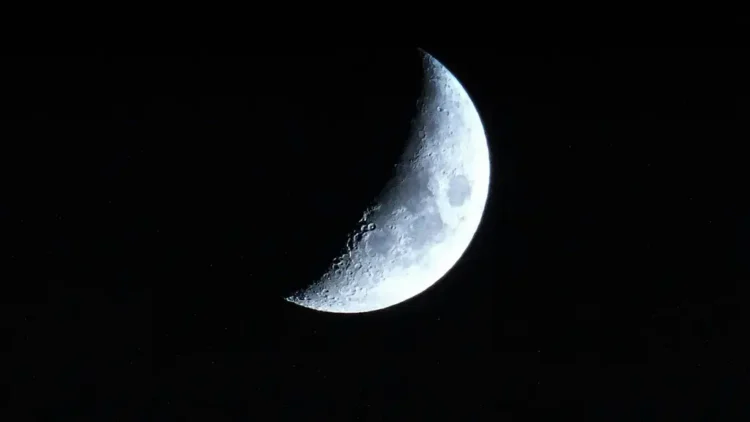It’s been over 50 years since humans first set foot on the Moon, and the excitement surrounding lunar exploration is still palpable. Thanks to amazing advancements in technology, the next missions to the Moon are set to be even more thrilling and transformative. But did you know that artificial intelligence, or AI, and robotics are playing a vital part in these upcoming adventures? Let’s delve into how these technologies are changing the way we explore space.
AI: The Brain Behind Space Missions
Artificial intelligence is a kind of technology that allows machines to think and learn, almost like humans do. NASA and other space agencies are using AI to help with planning and carrying out space missions. Imagine having a smart assistant that can handle all the tricky calculations needed to launch a spacecraft or land it safely on the Moon. That’s precisely what AI is doing!
AI systems can study enormous amounts of data more quickly and accurately than any human could. This helps in predicting weather conditions in space, finding the best paths for spacecraft, and even identifying safe landing spots on the Moon’s surface.
Robotics: The Helping Hands in Space
Robots are another essential part of modern space exploration. They act as the eyes, ears, and hands of astronauts when they undertake missions that are too dangerous or difficult for humans. These robots, often built with an uncanny level of precision, can perform tasks like collecting samples from the lunar surface or setting up equipment without any human intervention.
If you’ve ever watched a sci-fi movie where robots build entire structures on distant planets, you’re not far off from reality. In upcoming missions, robots might be used to create habitats on the Moon, paving the way for humans to live and work there one day.
The Advantages of AI and Robotics in Space Missions
So why are AI and robotics so crucial for space missions? Well, there are quite a few reasons. First of all, these technologies can handle complex problems with great speed and accuracy. This means more efficient missions and a lower risk of error.
Additionally, AI and robots can work around the clock without needing rest, unlike humans. This continuous operation is crucial for long missions, ensuring progress is always being made. Imagine how helpful it would be to have a robot that doesn’t need breaks to explore the Moon’s surface or an AI that continuously analyzes data sent back to Earth.
Collaborating with Humans
Even though AI and robots are incredibly smart and capable, they’re not meant to replace humans. Instead, they’re seen as partners in space missions. Humans will still play a critical role in making decisions and handling unexpected situations. The aim is to combine human creativity and problem-solving skills with the precision and endurance of AI and robotics.
The Future of Moon Exploration
With AI and robotics leading the charge, the future of exploring the Moon looks bright and full of potential. These technologies are expected to help us learn more about the Moon’s resources, its climate, and perhaps even the potential for human settlement. It’s an exciting time for space enthusiasts, scientists, and anyone curious about what lies beyond our world.
As we look forward to seeing these amazing missions unfold, we can only imagine what wonders the partnership of technology and human ingenuity will reveal as they chart our next steps into the cosmos.
In summary, AI and robotics are not just part of the next Moon missions—they are key players that make these missions possible. From enhancing safety to improving efficiency, these technologies are paving the way for a new era of exploration.










